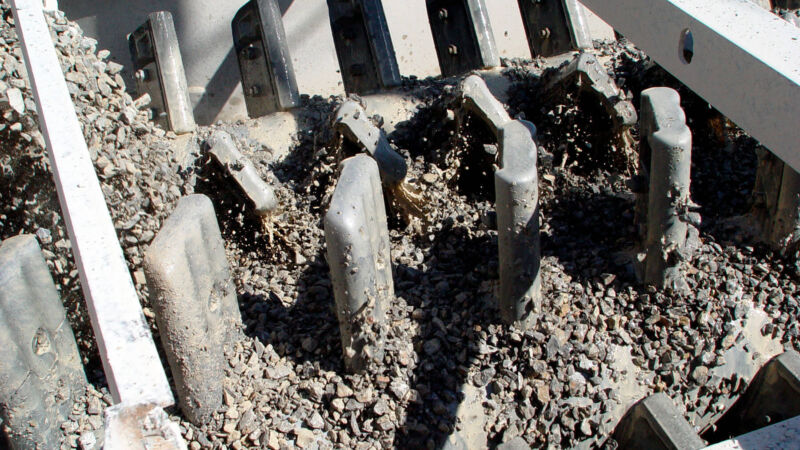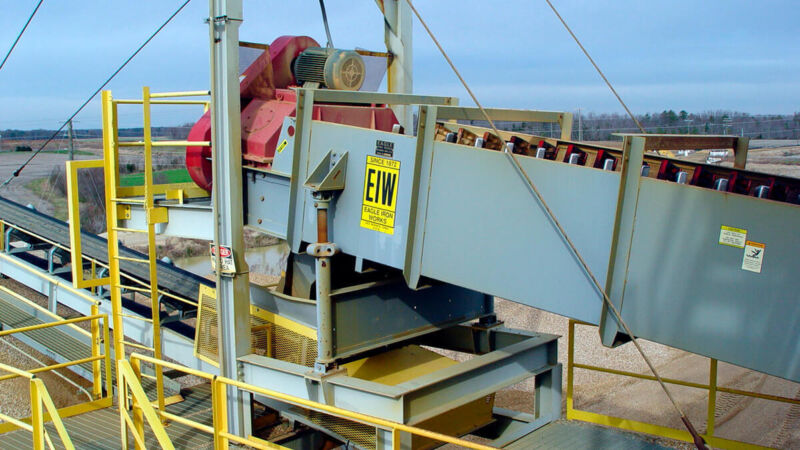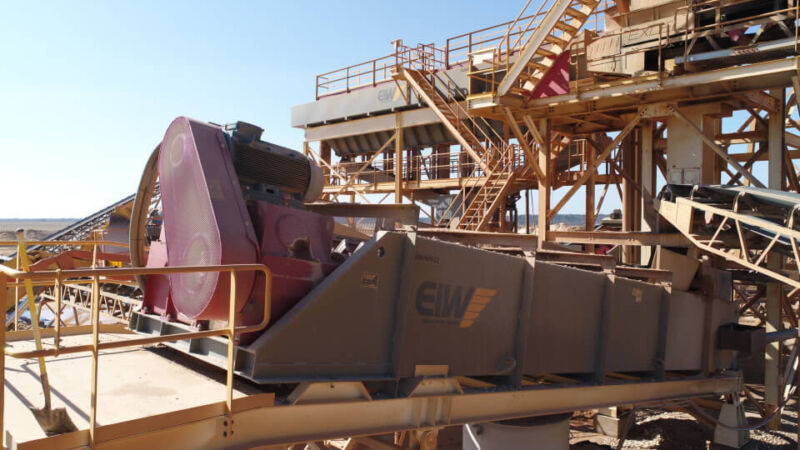
Best Practices for Log Washer Longevity
In the aggregate industry, log washers play a crucial role in removing insoluble plastic clays, breaking up agglomerated material and prepping stone for further washing. These machines are rugged and built to endure heavy-duty conditions, but that doesn't mean they're maintenance-free. Regular upkeep is essential to maximize their performance, reduce downtime, and extend the operational life of the machine. Below, we reveal top maintenance tips to help you get the most out of your log washer.
Why Log Washer Maintenance Matters
Log washers are constantly exposed to abrasive material and heavy loads, making them susceptible to wear and tear. When not maintained properly, the result can be costly breakdowns, inefficient operation and compromised product quality. Proper maintenance helps avoid unexpected failures, preserves component life and ensures consistent material scrubbing keeping your entire operation running smoothly.
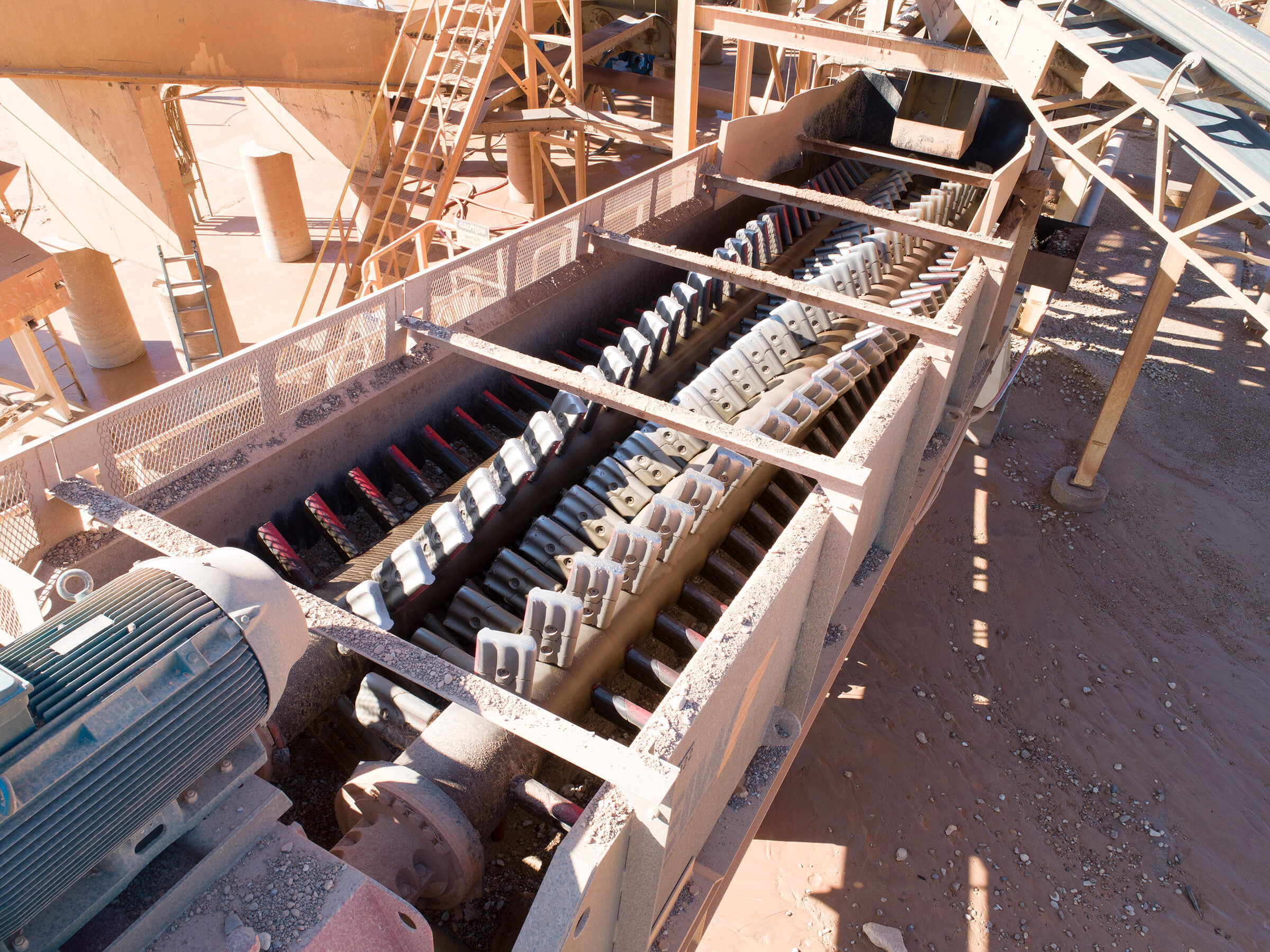
Daily & Weekly Inspection Checklist
A regular inspection schedule is your first line of defense against major repairs. Below are essential daily and weekly checks.
Daily maintenance checks on a log washer are essential to ensure efficient operation and prevent costly downtime. Each day, operators should inspect the paddles or shoes for signs of excessive wear, which can affect material agitation and overall equipment performance. It is also important to check the oil levels in the gear reducer to ensure proper lubrication. During operation, monitor for any unusual vibrations, noises or heat, particularly around the shafts and bearings, as these may indicate mechanical issues. Finally, watch for leaks around seals or gearboxes as these could signal developing problems that need attention before the escalate.
Weekly inspections of a log washer play a crucial role in maintaining long-term performance and reliability. During these checks, operators should examine the chain or belt for proper tension and signs of wear. All accessible bolts, nuts and fasteners should be tightened to prevent loosening caused by vibration. Examine the gear reducer and outboard bearing for potential seal leaks. Inspect the tub liners for any damage or wear that could compromise the equipment’s integrity or efficiency. Accurate documentation of these inspections is essential, as it helps track wear patterns, identify recurring issues and support a proactive maintenance schedule.
Paddles, Shafts & Liners: High-Wear Component Care
The paddles, shafts, and liners inside a log washer endure some of the harshest conditions in aggregate processing. Worn paddles can significantly reduce scrubbing efficiency, while damaged shafts can lead to misalignment and more serious mechanical issues. Proper maintenance of these high-wear components is essential to ensure consistent performance and avoid costly downtime.
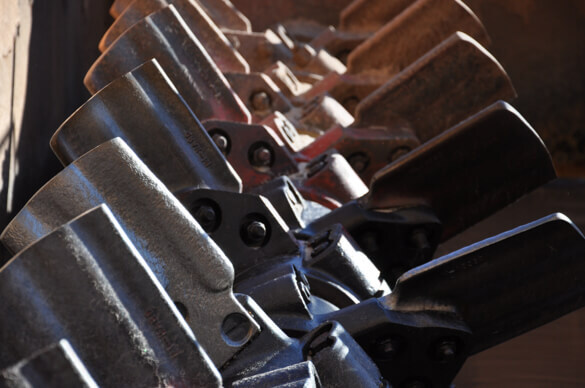
To extend the life of the paddles, it is important to replace them before they wear down to the mounting arms. Many paddles are reversible, allowing for additional use before full replacement is needed. Bearings should be greased regularly according to manufacturer recommendations to prevent premature wear. Shafts must be inspected frequently for straightness and securely mounted to avoid vibration or imbalance that could cause further damage. Liners play a protective role by shielding the washer tub from direct impact and abrasion. When wear begins to compromise their coverage, they should be replaced promptly to prevent structural damage to the tub itself.
Using OEM parts for all replacements is highly recommended, as these components are specifically engineered to handle the demands of aggregate processing and ensure proper fit and function under load.
Gear Reducer & Drive Assembly Maintenance
Without proper care, gear reducers and drives can fail unexpectedly, resulting in costly downtime.
It is important to check oil levels daily and make changes according to the manufacturer’s recommendations. Operators should look for signs of water infiltration or contamination in the oil. Scheduling periodic oil sampling for gear reducers in high-tonnage operations can help detect early signs of wear. Adjusting and lubricating the drive chains and belts regularly has the ability to prevent premature wear. Lastly, it is imperative to keep all guards in place and ensure they are secure for safety compliance.
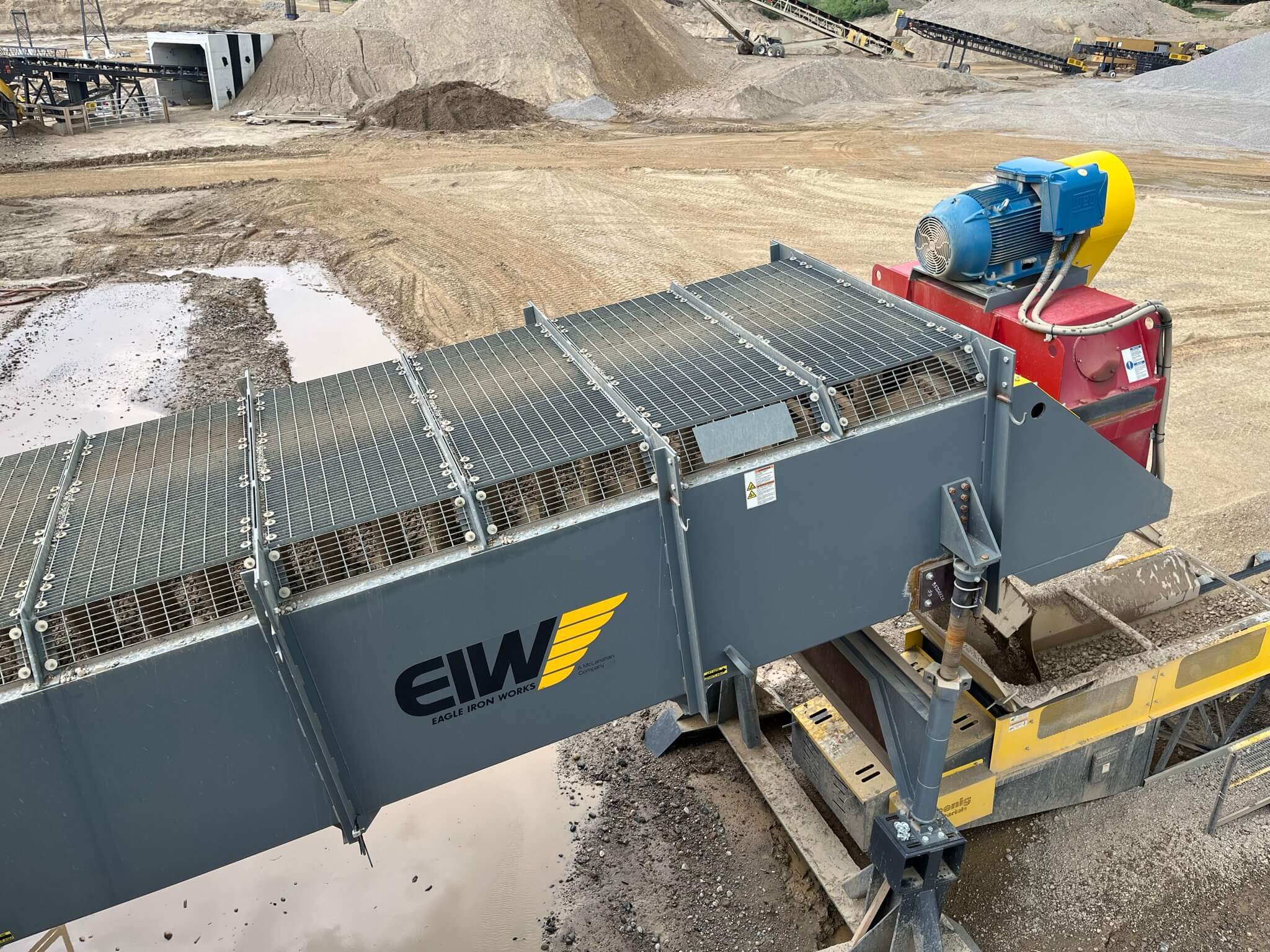
Seasonal & Preventative Maintenance
During planned downtime or seasonal shutdowns, take advantage of the opportunity to perform deeper inspections and service. To start, drain and clean the tub completely. When the tub is empty, you can further inspect the inside of the log washer and evaluate areas that you may not typically see when the equipment is running, and the tub is full. Remove any hardened material from inside the machine. Operators can also inspect the tub for cracks, stress points and signs of fatigue on the structure and supports. Lastly, check electrical and control components for wear or damage.
Preparing for peak season? Stock up on high-wear parts and consider ordering OEM rebuild kits to streamline repairs.
Use OEM Parts & Resources
To maintain long-term efficiency and protect your investment, always use parts supplied by the original equipment manufacturer. OEM parts match original tolerances and materials, ensuring optimal performance.
Manufacturers like Eagle Iron Works offer more than just parts—they provide service manuals, training and stocking programs to help you stay ahead of maintenance needs.
Log washers are built for rugged reliability, but regular maintenance is key to unlocking their full potential. By following a disciplined inspection and service routine, replacing high-wear components before failure, and using OEM resources, producers can ensure their log washer remains a durable, productive asset for years to come.
Need help planning your maintenance schedule or ordering spare parts? Contact your EIW representative for expert support.
